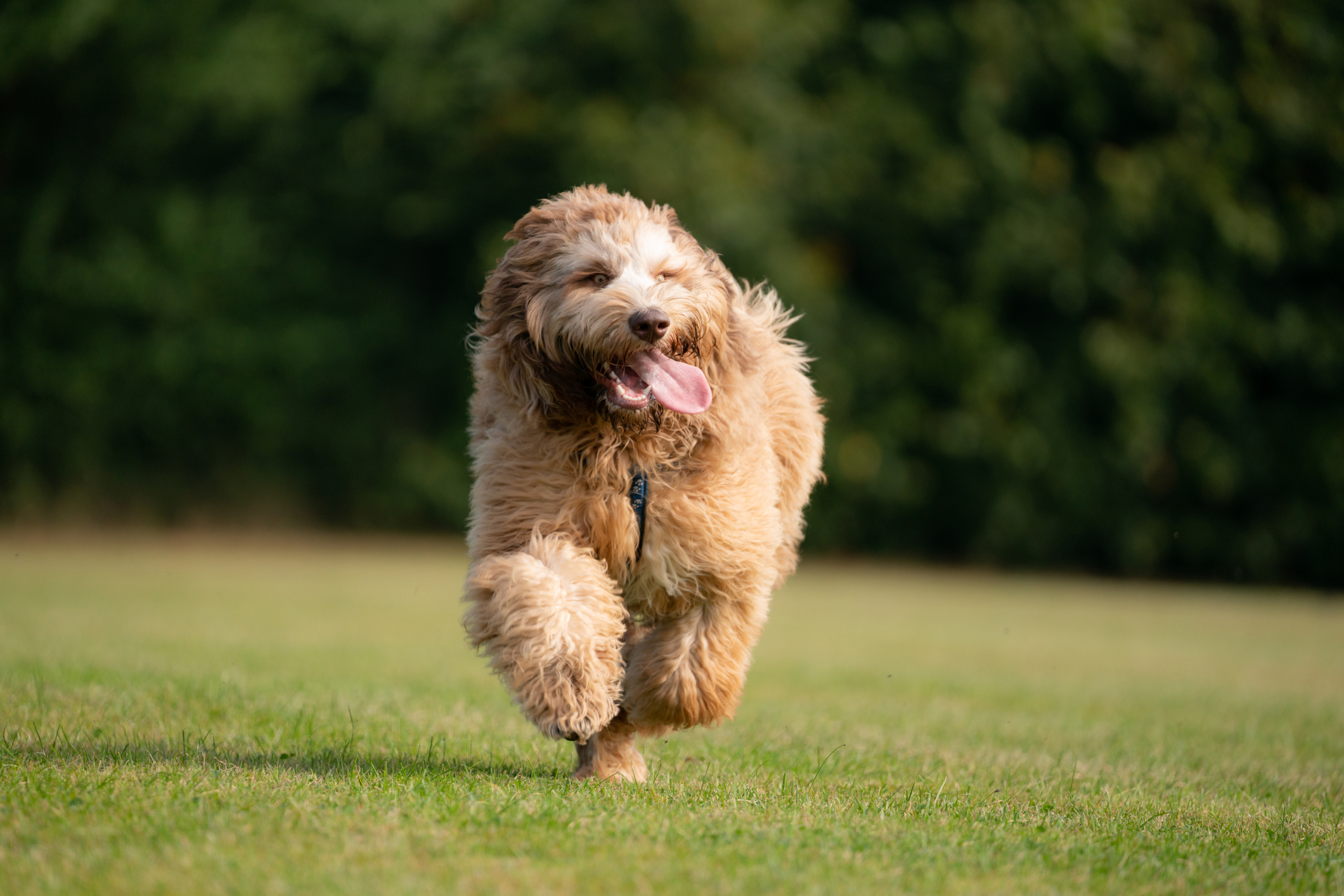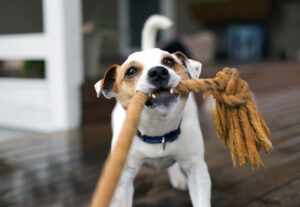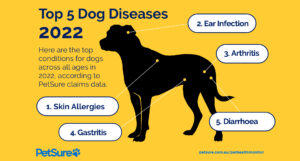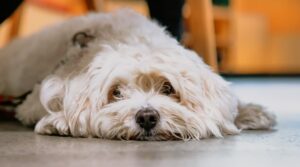Labradoodle| Traits | training | Typical health problems
This section outlines the labradoodle traits, training and typical health problems.
Labradoodle| Breed highlights
| Breed: | Labradoodles are medium to large, mixed-breed dogs. They are known for their friendly disposition and sweet teddy bear good looks. |
| Coat type: | There are three variations of coat types: fleece, wool or hair (wire). In addition, coats range in length from medium to long. |
| Shedding: | Labradoodles that are fleece or wool-coated are low-shedding. Labradoodles that have a wire-coat shed minimally. |
| Grooming: | A weekly at-home routine should include thorough brushing, ears and teeth cleaning. Professional grooming is required every six weeks. |
| Activity level: | Labradoodles can be energetic and need 30 to 60 minutes of daily exercise. Social play time with other dogs is beneficial. |
| Apartment friendly: | Although Labradoodles can adapt to apartment living, they are better suited to homes with more space. |
| Small children: | Highly suitable for children due to their gentle nature. Supervision is always recommended. |
| Other dog friendly: | Labradoodles are highly social and like the companionship of other dogs. |
What type of breed is a Labradoodle?
Labradoodles are a hybrid: a crossbreed of the Labrador Retriever and a Poodle (Standard, Miniature or Toy). Labradoodles are part of the poodle-cross group of dogs known as ‘oodles’.
History of Labradoodle
Labradoodles have a colourful history. Bred in Australia in the 1980s by the Royal Guide Dogs Association, Labradoodles became service dogs for people who suffered from dander (fur) allergies. The crossbreed blended traits of a Labrador Retriever, an intelligent and social dog, with a Poodle, a low-shedding breed. While today’s Labradoodles are less likely to be employed as a service dogs, the crossbreed remains incredibly popular for its temperament and allergy-friendly fur.
Labradoodle appearance and characteristics
Labradoodles are recognisable by their shaggy coat. The more common coat types are fleece, a soft, slightly curling wave, or wool, a coat that is denser in appearance and similar to lamb’s wool in texture. Labradoodles come in various hues, ranging from golden, black, cream, and brown.
The crossbreed ranges in size with the height they reach, dependent on the Poodle parent. Standard Labradoodles stand between 55 and 60 centimetres, with females slightly smaller. Their weight ranges from 22 to30 kilograms. Medium Labradoodles stand between45 and 50 centimetres, and their weight ranges from 13 to 20 kilograms; again, females are smaller. A Miniature Labradoodle stands between 35 to 40 centimetres and weighs up to 11 kilograms.
Labradoodle personality and temperament
Labradoodles are considered gentle, sweet-natured and somewhat energetic crossbreeds. They are active as puppies; however, once they reach 18 months, most tend to settle into easy-going companions.
Labradoodles may have the demeanour of a relaxed dog, but it is worth noting they are also energetic and do need a reasonable amount of exercise. While walking, running and playing with other dogs is ideal. The crossbreed, thanks to its Golden Retriever genetics, Labradoodles love swimming and being in the water.
Labradoodle traits
Labradoodles are highly intelligent crossbreeds. Their bright minds are partly inherited from Poodle parents, a breed ranking only second in intelligence to the top-ranking Border Collies. Their sharp intellect means they respond well to training; this can help develop the confidence of first-time dog owners. When introducing a Labradoodle into a home with small children, it’s worth bearing in mind the crossbreed is excitable. Their enthusiasm can manifest as jumping up on people, a trait that may frighten a child. Puppy obedience classes will help ensure this behaviour doesn’t become a problem
Labradoodle Lifespan
Labradoodles live between 12 and 14 years.
The dos and don’ts of caring for a Labradoodle
Do: Make time for weekly brushing if your Labradoodle has a fleecy or woolly coat. In addition to brushing, an at-home grooming routine should include ear and paw checks and regular tooth brushing. Check out Petsure’s Masterclass series on how to clean your dog’s teeth and check their ears.
Don’t: Allow your Labradoodle’s fur to become overgrown – particularly around the eyes, between the paw pads or around its backside. Overgrown or matted hair can cause a myriad of – and potentially expensive – health problems. Professional grooming every six weeks will ensure your Labradoodle’s coat remains manageable.
Do: Bathe your Labradoodle when necessary. For instance, if your dog has become dirty from playing outside. Overbathing your Labradoodle will strip naturally-occurring oils from the fur.
Common conditions for Labradoodle
| Conditions | Symptoms can include~ | Highest cost for a single treatment* |
| Skin Conditions including – infections and allergic skin disorder | · Scratching, biting or rubbing the skin · Signs of irritation including red skin, scabs, bleeding, pustules or weeping · Hair loss, flaky skin, texture changes, lumps or an unusual or unpleasant smell | $8,393 |
| Gastrointestinal (tummy) problems | · Diarrhoea, vomiting or constipation. · Blood or mucous in stool/vomit. · Increased frequency/urgency passing stool. · Weight loss. · Loss of appetite and interest in food. · May seem more tired than usual. | $9,754 |
| Conjunctivitis | · Discharge from one or both eyes, often green or creamy · Red conjunctiva Rubbing or scratching eyes | $1,747 |
| Anal Sac Disorder | · Rubbing bottom along the ground (“scooting”) · Bad smells from the rear end · Trying to chew at the rear end · Redness, swelling or discharge from the rear end · Ruptured abscess near the anus | $6,166 |
| Lameness | · Limping on affected limb/s · Reluctance to run/play · Swelling/heat on affected limb/joint | $8,706 |
Disclaimer: Reimbursement for these claims would be subject to limits, such as annual benefit limits or sub-limits, benefit percentage, applicable waiting periods and any applicable excess. Cover is subject to the policy terms and conditions. You should consider the relevant Product Disclosure Statement or policy wording available from the relevant provider.
* Please note that the values calculated are based on all claims for that condition and medically related conditions in each calendar year.
Types of pet insurance from PetSure
| Policy type | Policy description |
| Accidents | This product provides cover for specified accidental injuries up to an annual policy limit. Most policies will reimburse a stated Benefit Percentage that is typically 80% of eligible vet bills. Some condition sub-limits may also apply, with all annual limits resetting each year when the policy is renewed. It’s important to know that only defined accidents as listed in the policy’s Product Disclosure Statement will be covered (other conditions will not be covered). More information on what is typically covered and not covered in our find a policy page. |
| Basic care | This product provides limited cover for both specified accidental injuries and illness conditions, with a stated Benefit Percentage that can range from 60-90%. Treatments and medications for eligible conditions are typically covered subject to the applicable policy limits. Claimable conditions have an annual condition limit , meaning once the condition limit (subject to the annual benefit limit) has been reached in an annual policy period, costs relating to that condition will need to be covered entirely by the policyholder. However, annual benefit limits and applicable annual condition limits reset on renewal each year. More information on what is typically covered and not covered in our find a policy page. |
| Comprehensive / Accident and Illness | This product provides comprehensive cover for both specified accidental injuries and illness conditions, with a stated Benefit Percentage that will typically range from 70-85%. You can claim up to an annual maximum limit each year, which resets on renewal. Sub-limits for certain items may also apply. More information on what is typically covered and not covered in our find a policy page. |
Insurance products are issued by The Hollard Insurance Company Pty Ltd ABN 78 090 584 473, AFSL 241436 (Hollard) and/or PetSure (Australia) Pty Ltd ABN 95 075 949 923, AFSL 420183 (PetSure) (from 8 May 2023 only), administered by PetSure and promoted and distributed through their authorised representatives and distribution partners.
Any advice provided is general only and does not take into account your individual objectives, financial situation or needs. Cover is subject to the policy terms and conditions. Please consider the Product Disclosure Statement (PDS) to ensure this product meets your needs before purchasing, or choosing to continue with the product. PDS and Target Market Determination available on our partners’ websites. Meet our partners at petsure.com.au/partners.
Pet insurance can help by covering a portion of the eligible vet bill if the unexpected happens. Because it is difficult to predict the costs of veterinary care, it can help to have measures in place to help prepare for the unexpected. Check out our partner network and explore our policy tools to find a pet insurance policy.
Not all conditions or items are covered by Pet Insurance. Refer to the applicable Product Disclosure Statement for information about coverage and exclusions.
Frequently Asked Questions
While generally considered healthy, Labradoodles may develop problems common to Labrador Retrievers and Poodles. These can include:
· Hip Dysplasia
· Epilepsy
· Progressive Retinal Atrophy (PRA)
· Hypothyroidism
· Diabetes Mellitus
Labradoodles are social and like to be around people. If they need to be left alone for a period, exercising first may help them expend energy so they don’t become bored and destructive.
According to Petsure’s Pet Health Monitor 2023, Labradoodles ranked as Australia’s 9th most popular breed.
While Labradoodles may alert bark to warn of an approaching stranger, their friendly demeanour makes them ineffective as guard dogs
1. Teddy
2. Luna
3. Milo
4. Daisy
5. Coco
6. Alfie
7. Molly
8. Murphy
9. Charlie
10. Ollie
References
https://en.wikipedia.org/wiki/Labradoodle
https://www.purina.com.au/dogs/breeds/labradoodle
https://www.pawshake.com.au/blog/labradoodle-dog-breed-information
Pet insurance can help by covering a portion of the eligible vet bill if the unexpected happens. Because it is difficult to predict the costs of veterinary care, it can help to have measures in place to help prepare for the unexpected. Check out our partner network and explore our policy tools to find a pet insurance policy.
Not all conditions or items are covered by Pet Insurance. Refer to the applicable Product Disclosure Statement for information about coverage and exclusions.



 Fact checked
Fact checked





